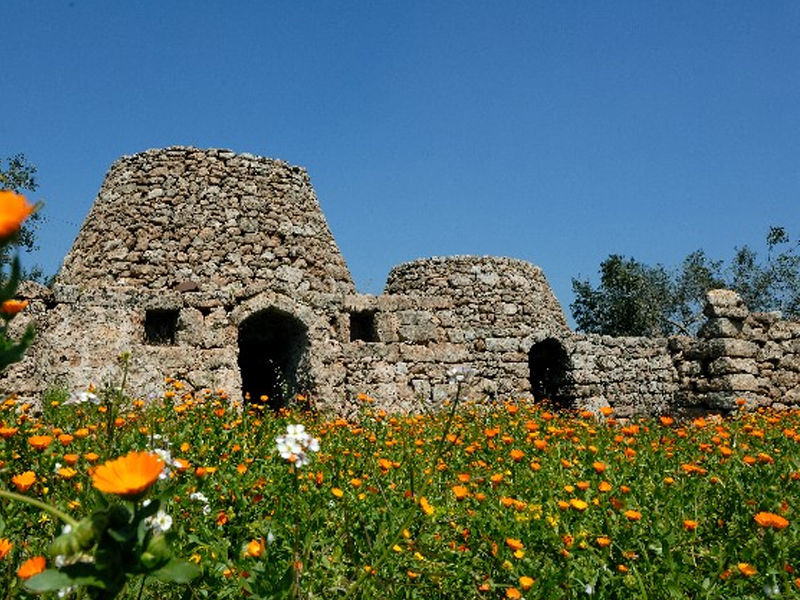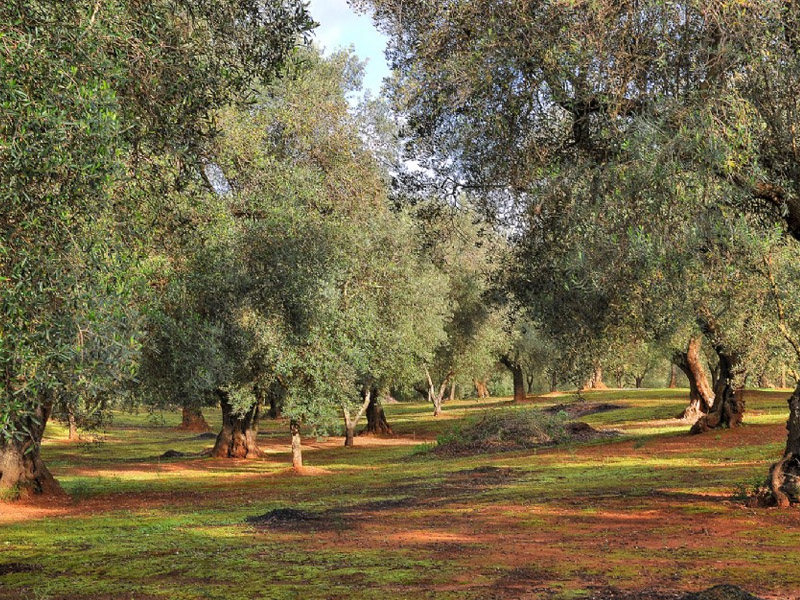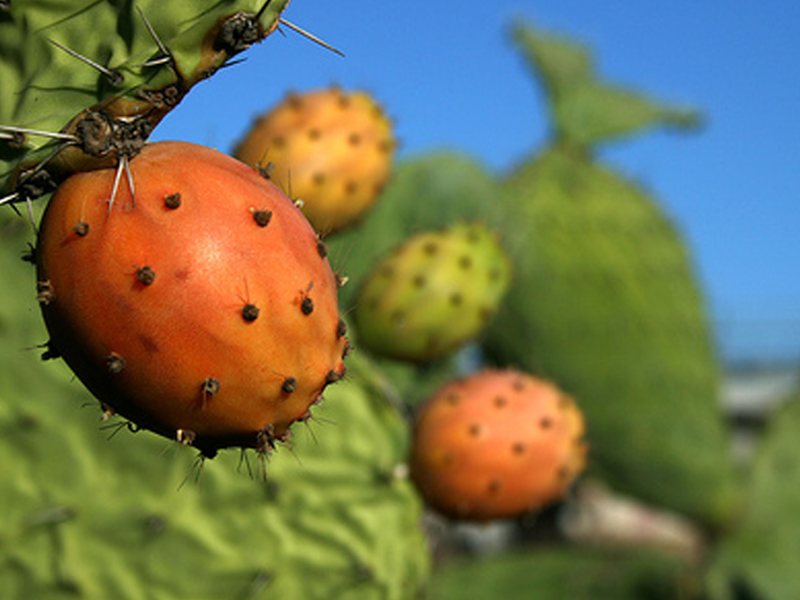Salento and the popular destinations

Pajara Salentina

Uliveto Salento

"Friseddha Salentina"

Fico d'India Salento
Santa Maria di Leuca, near Castrignano Cape, in the province of Lecce, is a resort town famous for the nineteenth-century villas, built according to different styles for the most part by architects Ruggeri and Rossi.
In the late nineteenth century there were to be precise 43 villas, many of which are now disused or appear profoundly transformed than in the past.
Santa Maria di Leuca also enjoys a coast extraordinarily rich in beauty and history: the coast, which is west of the east, it is bordered by numerous caves, rich in Greek and Latin inscriptions as the cave "Porcinara", or Neolithic (worked bone, ceramics coarse) as the cave of the "Devil."
Dubbed by all "Gateway to the East", for its history, which for centuries has seen Otranto as a bridge between East and West for trade, it is now one of the most exciting locations throughout the province, and beyond.
expanses of golden sand lapped by clear waters and clear alternated here and there by low cliffs. A coast almost magical characterized by a variety of natural landscapes, adorned with ancient towers and farms between fragrant olive groves and patches of pine trees.
Gallipoli is a city located on the west coast of Salento, overlooking the Ionian Sea.
The town of Gallipoli is divided into two distinct parts, a modern part called Borgo which lies to the east on a promontory, and an ancient part called Old Town situated to the west of an 'island of calcareous origin . These two parts of the city are connected by a bridge. The old part of the city is surrounded by walls and ramparts long about a mile, which defended the city from enemy attacks from the sea.
Lecce is the capital of the province with an artistic and monumental heritage not indifferent. Has ancient origins so as to be regarded as unknown, unless you consider the many legends and mythological tales. And 'possible to find traces of Messapian, although certain information, date back to Roman times. At that time the city took the name of Lupiae whom he had an ascent to power, which could trigger the end of the nearby city Rudiae.
Lecce is rich in monuments and works of art and has a heritage of Roman times, although you can find testimonials medieval and Renaissance.
